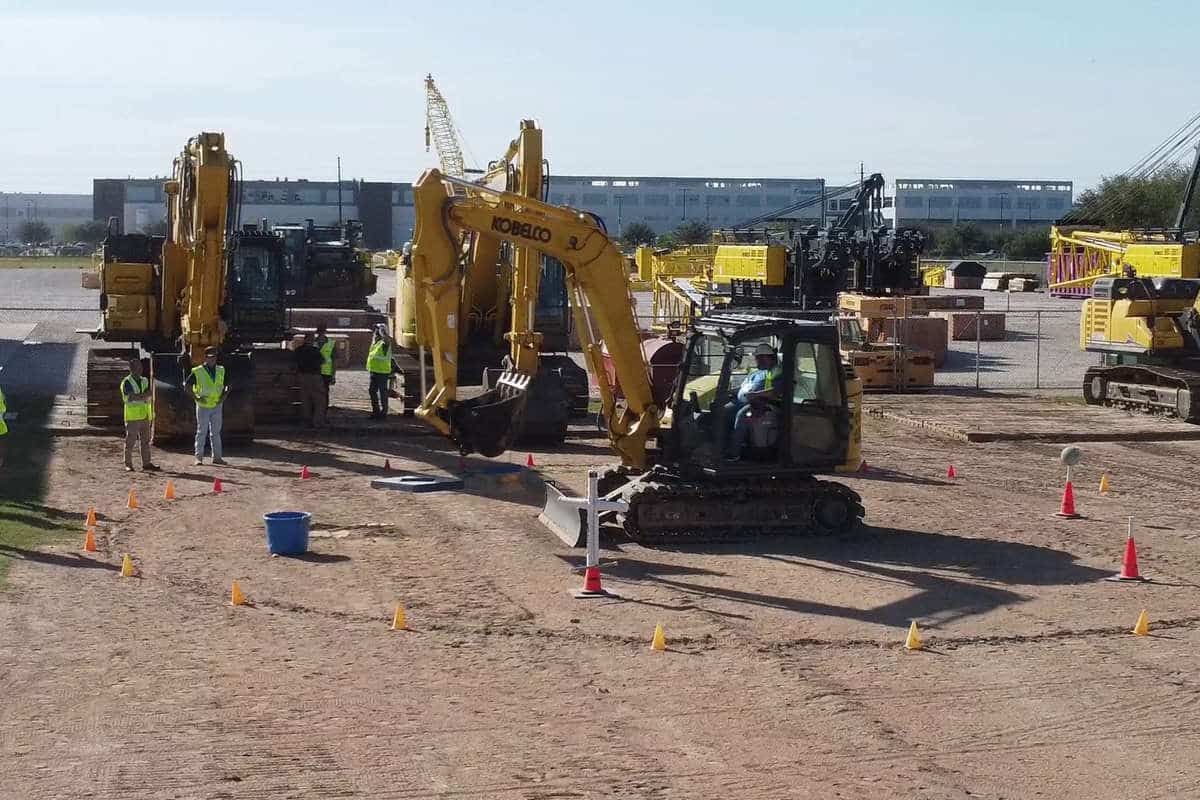ABC: Nonresidential Construction Spending Plunges in March

The construction industry added 11,000 jobs in April, according to an Associated Builders and Contractors analysis of data released May 2 by the U.S. Bureau of Labor Statistics. On a year-over-year basis, industry employment has grown by 143,000 jobs, an increase of 1.7%.
Nonresidential construction employment increased by 8,000 positions on net, with growth in 2 of the 3 subcategories. Nonresidential specialty trade added the most jobs, increasing by 4,900 positions, while nonresidential building added 3,600 jobs. Heavy and civil engineering lost 500 positions for the month.
The construction unemployment rate rose to 5.6%, while unemployment across all industries remained unchanged at 4.2% in April.
“The construction industry added a perfectly acceptable 11,000 jobs in April,” said ABC Chief Economist Anirban Basu. “Despite weak construction spending data for March and several economic headwinds, including high interest rates, tight lending standards and trade policy uncertainty, backlog remains sufficiently elevated to keep industry employment growing for the time being.
“That said, April is likely the last month of economic data largely unaffected by tariffs and tariff-related uncertainty. The reference period for today’s jobs report is the pay period through April 12, which may exclude staffing decisions, or project cancelations or delays, related to recent trade policy developments. While the economic outlook has worsened in recent weeks, it remains unclear how the economy will respond in the coming months. For now, contractors remain broadly optimistic, according to ABC’s Construction Confidence Index, and industrywide staffing levels continue to expand.”
Nonresidential Construction Spending Plunges in March
Meanwhile. national nonresidential construction spending decreased 0.5% in March, ABC reported May 1. On a seasonally adjusted annualized basis, nonresidential spending totaled $1.25 trillion. Spending was down on a monthly basis in 11 of the 16 nonresidential subcategories. Private nonresidential spending fell 0.8%, while public nonresidential construction spending was down 0.2% in March.
“Nonresidential construction spending fell sharply in March, with declines spread across virtually every private subsector,” Basu said. “Data center investments, which accounted for more than 70% of the increase in private nonresidential construction spending between March 2024 and March 2025, are perhaps the only remaining source of industry momentum. Manufacturing construction, while still elevated, has wavered in recent months. Most commercial segments remain subdued under the weight of high borrowing costs and tight lending standards. Residential construction continues to slide.
“Given unprecedented economic uncertainty, spending is unlikely to rebound in the coming months. While a majority of contractors surveyed in March were still optimistic about their future sales, according to ABC’s Construction Confidence Index, sentiment is likely to falter as the effects of tariffs begin to raise input prices and stall or cancel projects.”




